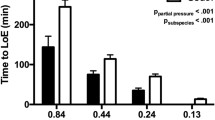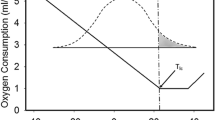Abstract.
In the 1930s, Max Kleiber and Samuel Brody established that the interspecies correlation between mammalian body mass and metabolic rate (αM0.75) cannot be explained (solely) by whole body surface area (αM0.66) to volume ratios. Metabolic considerations must also be taken into account. Decreases in the proportion of visceral organ mass to whole body mass can account for some of the whole body metabolic differences. However, superimposed upon these anatomical differences, the metabolism of tissues and cells has been demonstrated to decrease with increasing body mass. These decreases in oxygen consumption rates (with increasing body mass) in cells and tissues can be explained by a decrease in ATP turnover and mitochondrial density and an increase in mitochondrial functional efficiency (decrease in proton leak). The majority of the proton leak differences reflect differences in mitochondrial inner membrane surface area. Indeed, liver metabolism correlates directly with liver mitochondrial inner membrane surface area. Apart from being a significant contributor (~25 %) to basal metabolism, mitochondrial proton leak is a major factor determining the differences in basal metabolism between mammals of different body mass.
Similar content being viewed by others
Author information
Authors and Affiliations
Additional information
Received 31 May 2000; received after revision 2 October 2000; accepted 14 November 2000
Rights and permissions
About this article
Cite this article
Porter, R. Allometry of mammalian cellular oxygen consumption. CMLS, Cell. Mol. Life Sci. 58, 815–822 (2001). https://doi.org/10.1007/PL00000902
Issue Date:
DOI: https://doi.org/10.1007/PL00000902




